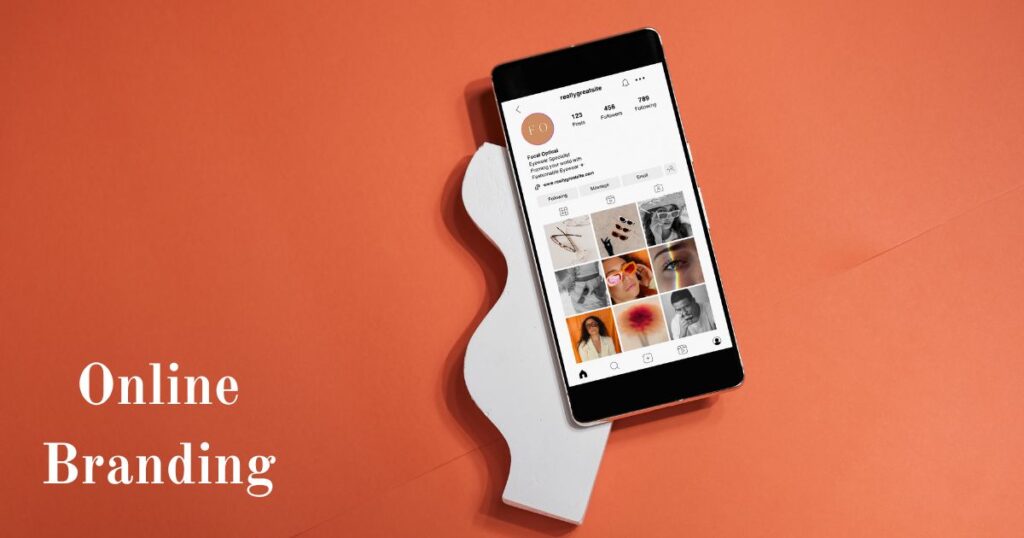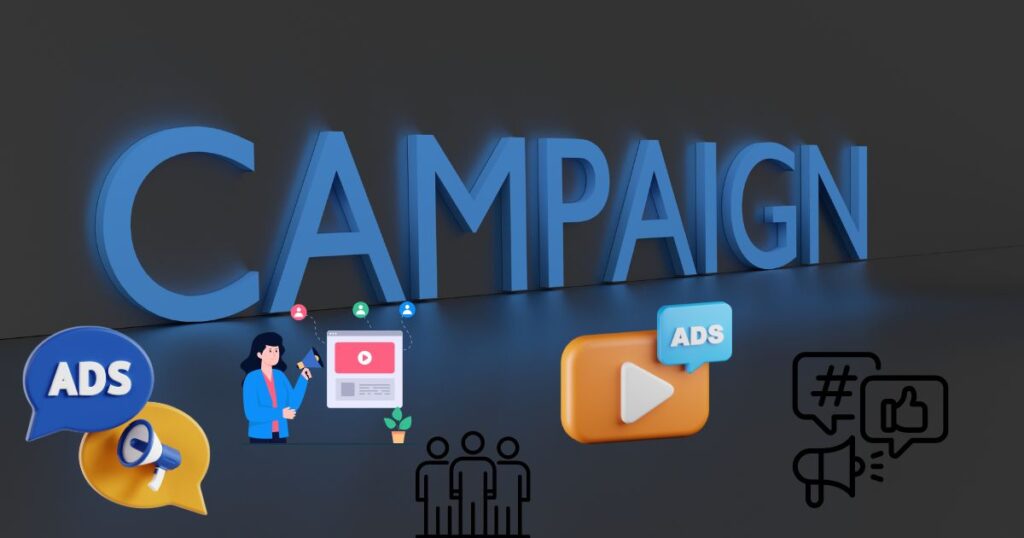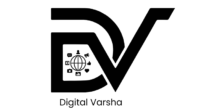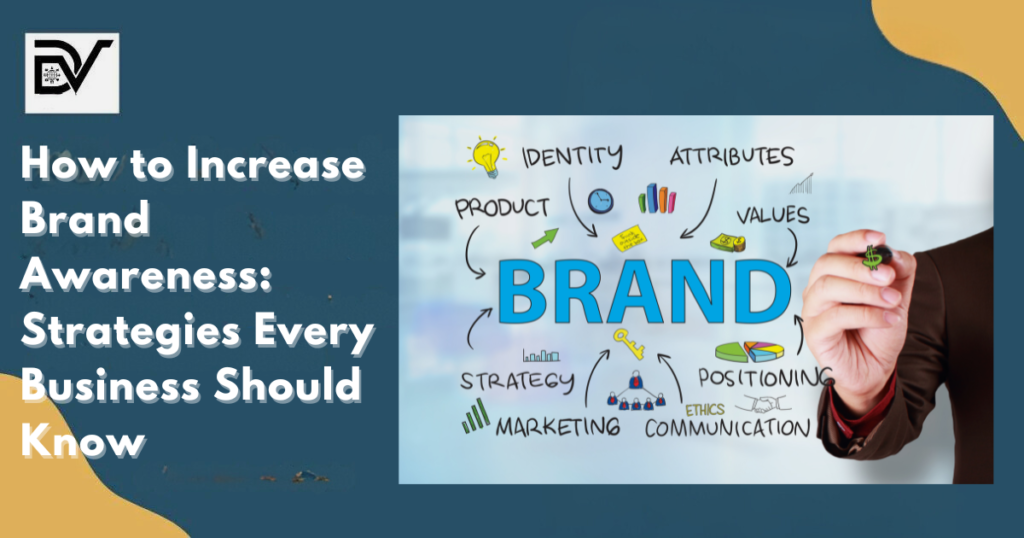How to Increase Brand Awareness: Strategies Every Business Should Know
In today’s competitive market, brand awareness plays a crucial role in growing your business. If your audience doesn’t recognize or remember your brand, they’re less likely to choose you over your competitors. The good news is, with the right strategies, you can increase your brand’s visibility and make it stand out in a crowded space. In this blog, we’ll explore step-by-step strategies to boost your brand awareness effectively.
1. Understand Your Target Audience
Before you even start building your brand awareness, it’s essential to know who your audience is. If you don’t understand your target audience, you might end up promoting your brand to the wrong people, which can be a waste of resources.
Example:
Imagine you’re running an eco-friendly clothing brand. Your target audience will likely be people who are conscious about sustainability and prefer ethically produced products. Research their behaviors and interests, such as which social media platforms they use or what kind of content they engage with. This helps in shaping your marketing efforts effectively.
Key Steps:
- Conduct market research: Use surveys, interviews, and social media insights to gather information about your audience’s preferences.
- Create customer personas: Develop profiles representing your ideal customers, including their demographics, interests, and buying behaviors.
2. Develop a Consistent Brand Identity

Consistency is key when it comes to building brand awareness. A well-defined brand identity makes your business recognizable across all platforms and helps you build trust with your audience.
Example:
Coca-Cola is a great example of a company that maintains a consistent brand identity. From its red and white color scheme to its joyful, upbeat messaging, Coca-Cola’s branding is recognizable worldwide.
Key Steps:
- Create a logo and color palette: Choose colors and designs that reflect your brand’s personality. For instance, blue conveys trust, while green suggests sustainability.
- Maintain consistency: Use the same logos, fonts, and messaging across your website, social media, and marketing materials.
3. Leverage Social Media Marketing

Social media is one of the most powerful tools for increasing brand awareness. With billions of people active on platforms like Instagram, Facebook, and Twitter, it provides an excellent opportunity to engage with your audience and promote your brand.
Example:
Think of Wendy’s, a fast-food chain that has mastered the art of social media engagement. Wendy’s Twitter account is famous for its witty replies and viral content, which keeps the brand top of mind for millions of people.
Key Steps:
- Choose the right platforms: Identify where your audience is most active. For example, if you’re targeting millennials, Instagram and TikTok might be the best platforms.
- Post consistently: Develop a content calendar and post regularly to keep your audience engaged.
- Use paid ads: Social media ads allow you to target specific demographics and increase your brand’s reach.
4. Use Content Marketing to Educate and Engage
Creating high-quality content is an effective way to establish your brand as an authority in your industry. Content marketing not only builds trust but also helps you reach more people by making your brand discoverable through search engines.

Example:
HubSpot, a leader in marketing and sales software, has built a strong brand by offering free resources like blog posts, eBooks, and webinars. Their valuable content draws people to their website and establishes HubSpot as a trusted source of information.
Key Steps:
- Create valuable content: Develop blog posts, videos, and infographics that provide useful information to your audience.
- Optimize for SEO: Use keywords relevant to your industry to ensure your content ranks well in search engines.
- Encourage sharing: Make it easy for readers to share your content on social media or via email.
5. Collaborate with Influencers and Brand Ambassadors
Influencers can help you reach new audiences and build credibility. By partnering with someone who has a loyal following, you can increase your brand’s visibility and gain the trust of potential customers.
Example:
Glossier, a beauty brand, used influencer marketing to grow its brand from a small blog into a multimillion-dollar company. By collaborating with beauty influencers, Glossier was able to introduce its products to a wider audience and quickly build brand awareness.
Key Steps:
- Find relevant influencers: Look for influencers whose audience aligns with your target market. For example, if you’re selling fitness gear, find fitness enthusiasts or trainers to promote your brand.
- Create authentic partnerships: Make sure influencers genuinely like your products so that their endorsements feel authentic.
- Run giveaways or contests: Encourage influencers to host contests where their followers can win your products, helping you get more exposure.
6. Invest in Paid Advertising
Paid ads can give your brand the extra boost it needs to reach new audiences. Platforms like Google Ads and Facebook Ads allow you to target specific demographics and show your ads to people who are most likely to be interested in your brand.
Example:
Dollar Shave Club, a subscription service for razors, used paid advertising to gain mass brand awareness. With clever and engaging ads on YouTube and social media, they went from a small startup to being acquired by Unilever for $1 billion.
Key Steps:
- Use Google Ads: Set up Google search ads so your business appears at the top of search results when people look for products or services like yours.
- Run Facebook and Instagram ads: Use targeted ads to reach specific demographics based on location, age, and interests.
- Monitor and optimize: Continuously analyze your ad performance and make adjustments to improve ROI.
7. Host or Sponsor Events (Online and Offline)
Hosting or sponsoring events is a great way to increase brand awareness and engage with your audience directly. Whether it’s a webinar, a conference, or a local charity event, these opportunities allow you to put your brand in front of potential customers in a meaningful way.
Example:
Red Bull has mastered the art of event sponsorship, particularly with extreme sports. Their sponsorship of events like Red Bull Cliff Diving and Red Bull Air Race has helped the company build a strong brand image centered around energy and adventure.
Key Steps:
- Host webinars or live streams: Offer free online workshops, Q&A sessions, or tutorials related to your industry.
- Sponsor community events: Get involved in local events or causes that align with your brand values.
- Create branded merchandise: Give away free branded products like T-shirts or bags at events to leave a lasting impression.
8. Utilize Email Marketing for Brand Retention
Email marketing is an excellent way to keep your brand top of mind for your existing audience. By sending regular updates, offers, and valuable content, you can nurture relationships and encourage word-of-mouth referrals.
Example:
Sephora, a beauty retailer, uses email marketing to send personalized product recommendations and exclusive offers to its customers. This strategy keeps Sephora in constant communication with its audience, driving both sales and brand loyalty.
Key Steps:
- Build an email list: Offer incentives like discounts or free resources in exchange for email sign-ups.
- Send personalized emails: Use segmentation to send targeted emails that cater to different audience interests or behaviors.
- Create shareable content: Include buttons for social media sharing or referral links in your emails to encourage your subscribers to spread the word.
9. Encourage Customer Reviews and Testimonials
Positive reviews and testimonials from happy customers can do wonders for your brand awareness. When people see that others have had a great experience with your brand, they’re more likely to trust and remember you.
Example:
Amazon is a prime example of a company that benefits from customer reviews. The reviews help customers make informed decisions, and they also serve as a form of social proof, boosting brand credibility.
Key Steps:
- Ask for reviews: After a successful purchase, send follow-up emails asking customers to leave a review.
- Feature testimonials: Showcase customer testimonials on your website and social media channels.
- Respond to reviews: Engage with both positive and negative feedback to show your brand values customer satisfaction.
10. Analyze and Adjust Your Strategies

The final step in increasing brand awareness is to constantly analyze the effectiveness of your efforts. By tracking key metrics, you can see what’s working and what isn’t, allowing you to adjust your strategy for better results.
Example:
Spotify uses data-driven insights to improve its brand awareness campaigns. By analyzing how users interact with the platform, Spotify can create personalized recommendations and marketing messages that resonate with its audience.
Key Steps:
- Use analytics tools: Track website traffic, social media engagement, and ad performance using tools like Google Analytics or social media insights.
- Monitor brand mentions: Keep an eye on how often people mention your brand on social media or in reviews.
- Refine your approach: Continuously adjust your strategies based on the data to ensure you’re maximizing brand awareness.
Conclusion
Increasing brand awareness is an ongoing process that requires time, consistency, and effort. By understanding your target audience, developing a strong brand identity, leveraging social media and content marketing, and investing in paid ads, you can make your brand more visible and memorable. Implement these strategies, analyze your results, and adjust your approach to build lasting brand awareness that helps your business grow.


Pingback: Artificial Intelligence is Shaping Business In 2024 - Hope
nice blog